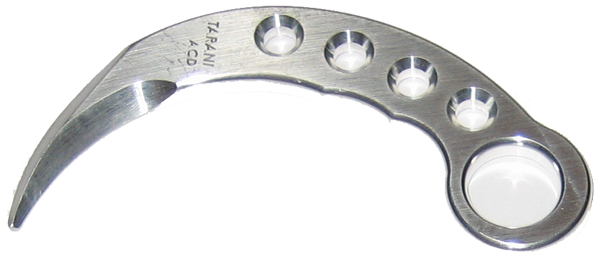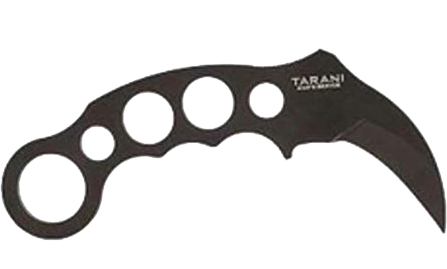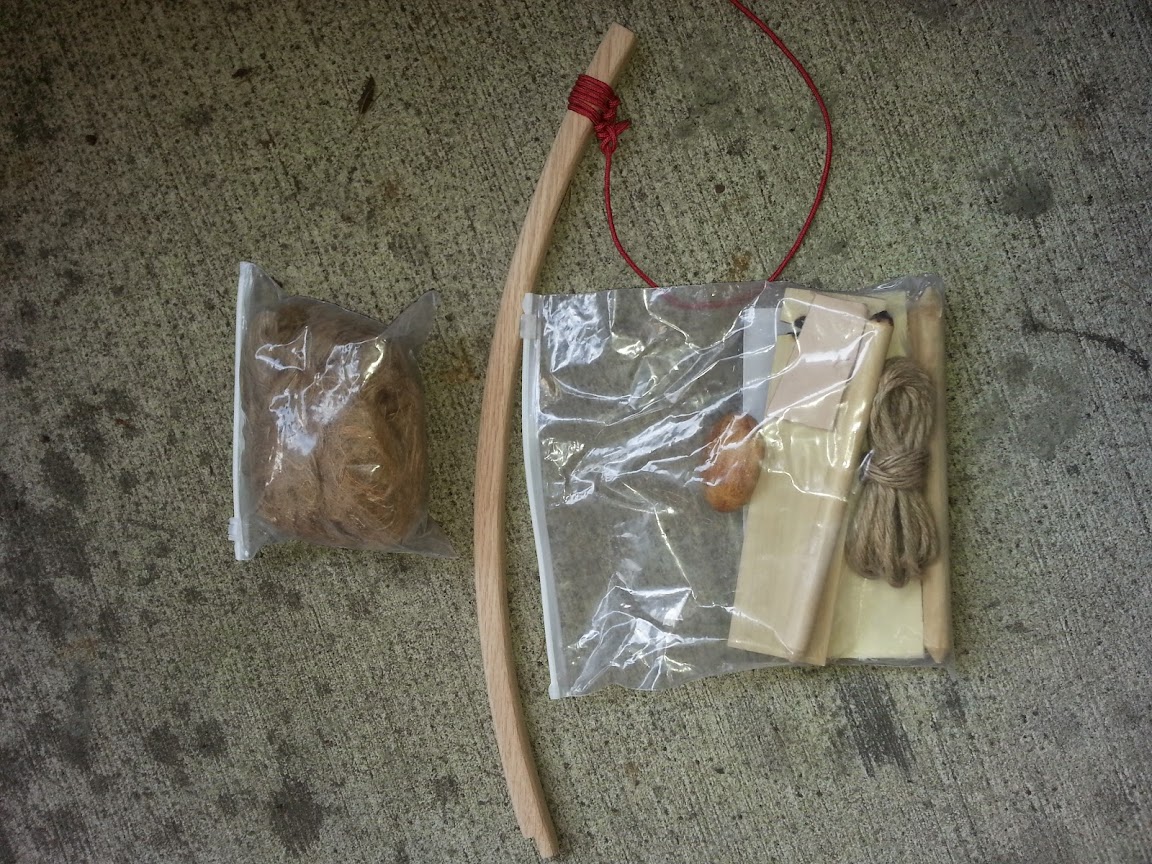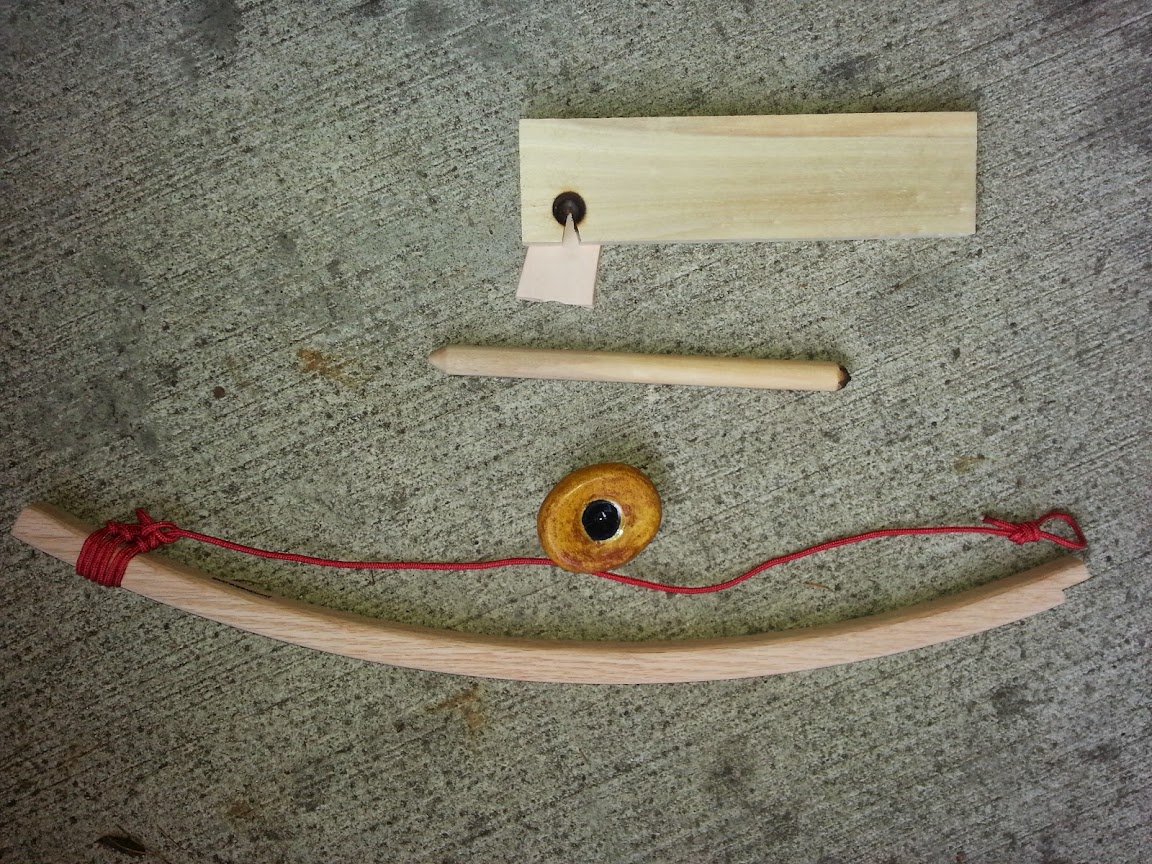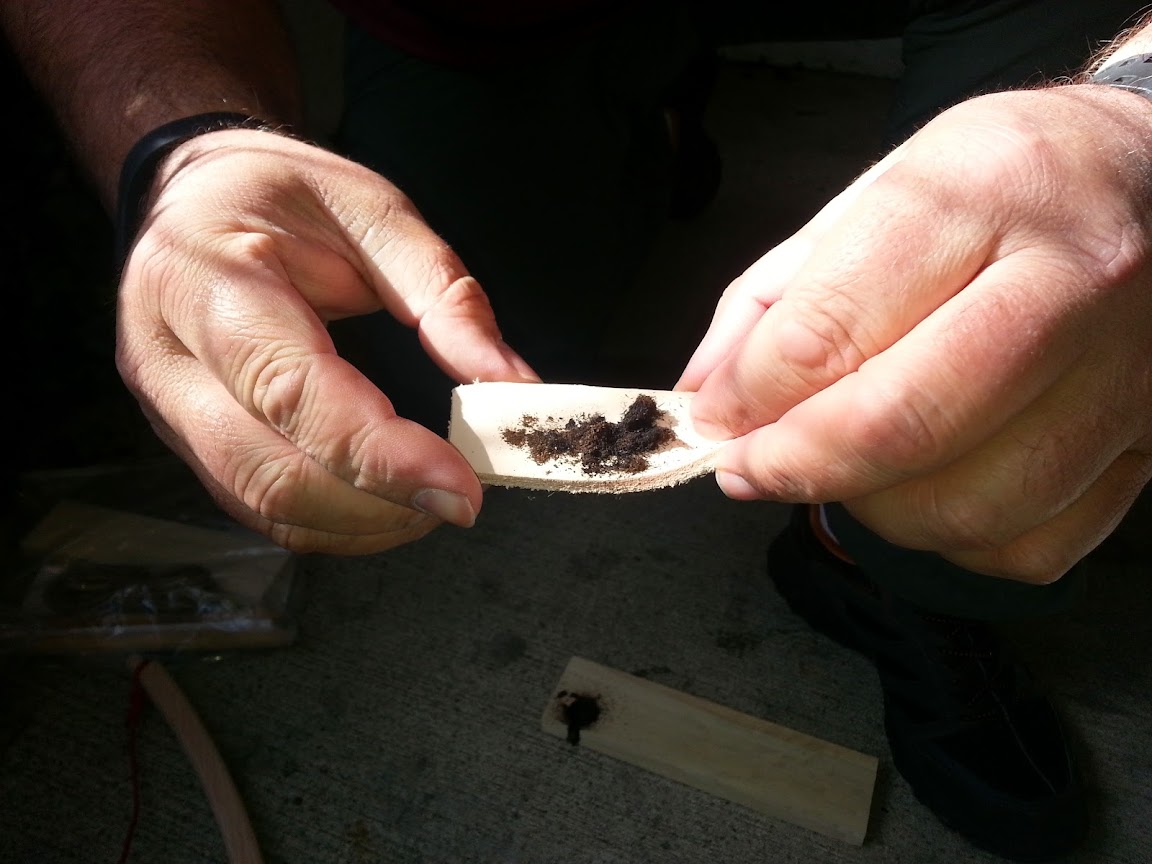by Woodsbum
After hearing yet another rant by Gunguy about how inflexible and single minded most SHTF posts/videos/sites are, I decided to translate and turn his opinions into a post. Gunguy loves to do research and analyze people’s disaster plans as a way to make his all the better. We are constantly talking about and evaluating throughout the day as a way to escape the normal drudgery of our mind numbing work tasks. As you can guess, we get on various subjects and spend several hours debating the validity of whatever topic we chose for the day. One common theme I find in our discussions is whether “so-and-so’s” disaster plan is a better one that “what’s-his-name’s.” This post will cover one of the best points Gunguy has ever made about people’s disaster plans.
“People’s disaster plans are too rigid. Their plans need to be more flexible. They need to be more adaptable.” – Gunguy
One prime example of this was a post made on AR15.com. The OP of the post was talking about his bug out plan. He felt that his best option was to grab his AR and bag to get away from any natural disaster he might encounter. After answering some questions posted by other members of the forum it was discovered that the OP actually lived on an island. His bug out plan was really not valid because he had no place to really bug out to.
A different example is one of Gunguy’s friends planned on bugging in if something happened. This friend had 2.5 gallons of water put back, planned on eating his goldfish if need be and had a complete tactical outfit to wear if he had to go walking around the streets looking for supplies.
Both of these disaster plans really get Gunguy started. He can go on for quite a while about how single minded these people seem to be in their planning.
Now, I grew up fairly rural overall. I can hunt, fish, do some gardening, and live off the land fairly well. I would be one of those people that actually could grab their preps and live in the woods for an extended period of time while supplementing food stores with hunting/gathered items. I would be more apt to grab my gear and run into the hills so that I don’t have as much to worry about when it came to looting in a city setting. That is where my comfort zone truly is. Gunguy’s is the exact, polar opposite. He grew up in a HUGE city, hates sleeping in the dirt, and has never hunted game. When we discuss disaster plans and SHTF scenarios, I have found that our backgrounds and comfort zones have really increased the amount of holes we find in various disaster plans we find online. Now Gunguy get’s a “country boy’s” take on the bug out scenarios that are based around heading into the hills to live. This tends to increase Gunguy’s blood pressure as his ranting about their short sightedness in their planning.
Let’s discuss the way that people push certain gear and products. I am looking at a website right now that talks about getting propane heaters that can last for around 4 hours per disposable propane bottle. He has 12 bottles put back from what I see pictures. This will give the person bugging in about 2 days of heat in a disaster scenario. We have areas in my state that lose power for that long every winter. His 2 days of heat is no where close to long enough to keep him warm in a disaster situation. Unfortunately, his site gets quite a few hits and thus many people will think that one case of propane bottles is more than enough to outlast a SHTF scenario. There are no secret formulas on how to survive if something bad happens. Common sense, your skills, your preps, and your ability to use all those tools will be what saves you. Test out whatever gear you get and make sure you are more focused on the skills needed to use the gear than the gear itself. That expertise cannot be taken from you at gun point where your backpack or food stores can be taken.
Let’s also discuss the ignorance of people with regard to living in the woods. I have yet to see ANY website that really discusses the over dependence upon matches and lighters. Why would I carry something that is inevitably going to get wet (thus useless) or won’t work if it gets too cold? The much smarter and better choice is to use a firesteel/ferro rod or flint and steel. You can get one of the H60 firesteels for around $25 that will work when wet, can light fuzz sticks with a single strike, and doesn’t have to be in a certain temperature range to be effective. Even though this is common sense to us “country boys” people are misguiding their readers by making them think that matches in a waterproof container will be all that they will ever need. Where I live you can’t carry enough matches to build a fire every night of our winter weather. You are lucky if you can get them to last 1 week of camping let alone a SHTF scenario.
Gunguy’s main argument centers around the idea that all people need to test out, plan for glitches, and be prepared to change or move your location/plan/preps as the situation dictates. Ironically, watching a few episodes of Doomsday Preppers will teach you this. Just listen to the “Practical Preppers” recommendations. Most of them include a backup plan in their list. It seems that each one of the guests on the show really don’t take heed of the advice, however, because they all seem to only dive more deeply into their current plan or mindset.
The more I look at the examples that Gunguy points out to me and the more into the whole “prepping” thing I get into, the more sense he tends to make. If I plan on grabbing my gear and running away, I should also harden my home in the event that I have to bug in. Under the same pretense, he does have his bug out bags in the event that he has to get out of his home. He, however, tailors it more to his needs and expertise. His bug out bag is affectionately referred to as his “Spend 3 days in a hotel somewhere else” bag.
Whatever your plans are or where your expertise lie, I merely suggest (and I would think Gunguy would concur) that you meld the two. Don’t plan on taking off to the hills if you can’t build a fire or impromptu cabin from fallen logs. At the same time, don’t plan on bugging in if you are new to a city and don’t know how to spot bad high crime areas without a Google search. Keep yourself within your areas of expertise, but DON’T depend solely on your comfort zones. Learn about the areas you don’t understand or have no experience. Build a plan based around both types of prepping. Someday you might find yourself stuck in a situation where you do have to either drain water from a boiler or start a fire with sticks and stuff……..
Stay safe!




